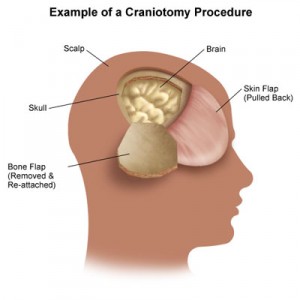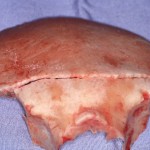January 19, 2010 The Healthcare Channel
The conditions in Haiti are still deplorable and U.S. medical aid is surprisingly less advanced than other countries assisting with the disaster relief. ABC News reported that the mobile Israeli medial team has better MASH-like tents and operating rooms than the U.S. teams. Medical supplies are scarce and surgeries are performed with make-shift saws and being sterilized by drinking alcohol, etc. What type of medical supplies would make the biggest difference right now?
Next to water and food shortages, wound complications are the most critical problem developing. Tens of thousands of people have open fractures and crush injuries leading to gangrene, sepsis, amputations, or death. Kinetic Concepts (KCI) of Texas has what might be the most important medical device for treating these wounds: The VAC.
The VAC (vacuum assisted closure) uses negative pressure wound therapy. A special dressing consists of a sponge over the wound that is sealed with adhesive plastic coating making it airtight. A flexible tube exits the dressing and is connected to a vacuum pump that creates a negative pressure, or suction, over the wound.
Many open fractures that were once thought treatable only by reconstructive surgery can be VAC’d instead and the limbs salvaged. The VAC can also treat actively infected wounds and reduce the bacterial count even in cases of osteomyelitus.
The VAC system is fairly simple to set up and one pump can be hooked up to multiple wounds. The equipment is portable and could be delivered within a day to Haiti. Medical relief staff could be trained on proper usage within an hour.
Other companies offer negative pressure wound care as well. Smith and Nephew offers the Blue Sky Renasys system, and Medela offers Invia system.
In addition to negative pressure devices, SNN and KCI make a variety of other advanced wound care. Wound irrigation systems and standard dressings are also needed to treat the open fractures.
Johnson and Johnson’s Ethicon division has an extensive portfolio of products that could help in Haiti now, such as suture, dressings, and other surgical supplies. Also, JNJ’s drug division can offer antibiotics.
Stryker’s orthopedic surgery tools could assist with the surgeries to treat the fractures or amputations. The division that makes operating room equipment would be valuable as well.
Although wound care and limb salvage is one of the highest priorities, dozens of other medical device companies could contribute useful products to Haiti. Abbott’s infant nutrition division has essential food for the starving babies. Baxter, Hospira, and Covidien make many of the necessary routine supplies taken for granted in this country, such as needles, syringes, intravenous fluid sets, drugs, etc.
At the time of this report, it is unclear whether any of these companies will be donating their services and products to the Haiti relief effort.







